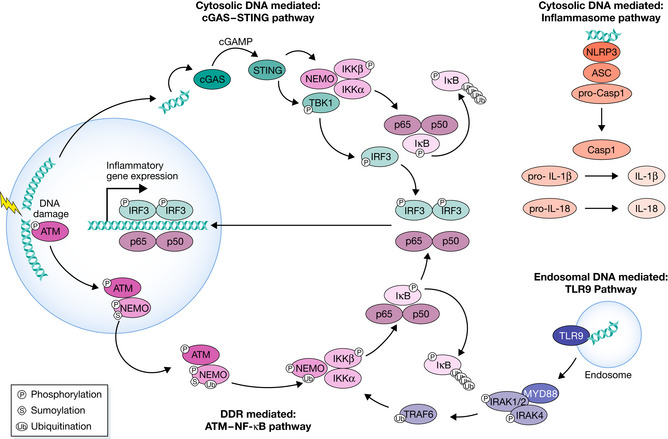Figure 3. DNA damage initiates inflammatory signaling through DDR and cGAS‐STING. ATM‐NF‐kB pathway.

The activation of ATM by DSBs leads to its coupling with NEMO in the nucleus. NEMO is phosphorylated by ATM and SUMOylated by PIASy in a PARP1‐dependent manner, which is not shown here. These modifications lead to NEMO monoubiquitination, and the ATM‐NEMO complex is transported to the cytoplasm. Here, NEMO partners with IKKb and IKKa to form the active Inhibitor of KappaB Kinase (IKK) complex. The IKK phosphorylates IkB, allowing NF‐kB to be transported to the nucleus. The most common form of NF‐kB is the heterodimer p50‐p65, shown here. The phosphorylation of IkB leads to its polyubiquitination and subsequent degradation. cGAS‐STING pathway: DSBs result in the leakage of self‐DNA into the cytosol, which is sensed by cGAS. cGAS generates second messenger cyclic GAMP. cGAMP binds to STING, which activates TANK‐binding kinase 1 (TBK1), which in turn activates IFN Regulatory Factor 3 (IRF3). Homodimerized IRF3 transports to the nucleus and activates the expression of inflammatory genes. STING also facilitates the formation of the IKK complex, which phosphorylates IkB to activate NF‐kB. TLR9 pathway: Endosomal double‐strand DNA is bound by TLR9, activating MyD88, which interacts with and activates IRAK1,2,and 4. IRAK1 and 4 dissociate from MyD88 and activate TRAF6. TRAF6 ubiquitinates NEMO, a member of the IKK complex that results in NF‐kB translocation into the nucleus. Inflammasome pathway: NLRP3 detects cytosolic DNA, leading to the assembly of the NLRP3, ASC, pro‐Caspase I inflammasome. pro‐Caspase I autoproteolytically matures to functional Caspase I, which cleaves pro‐IL1b and pro‐IL18 to generate functional IL1b and IL18.
